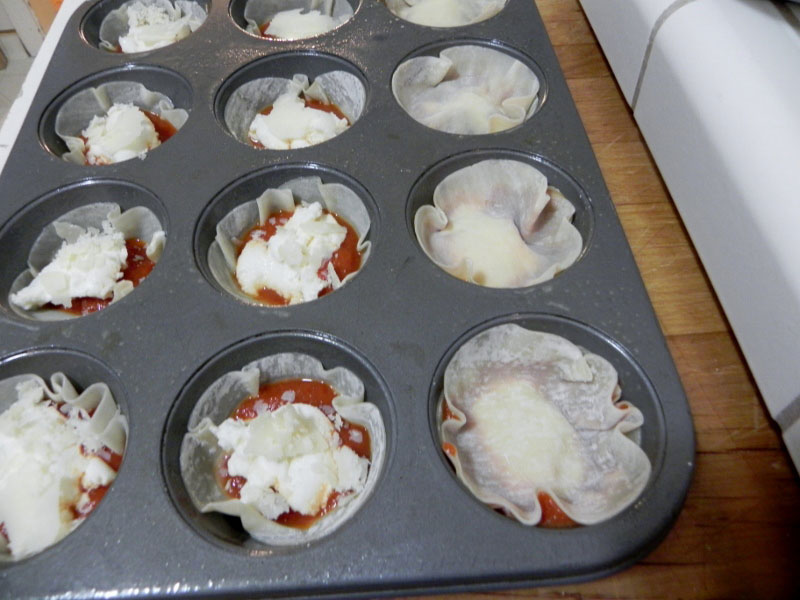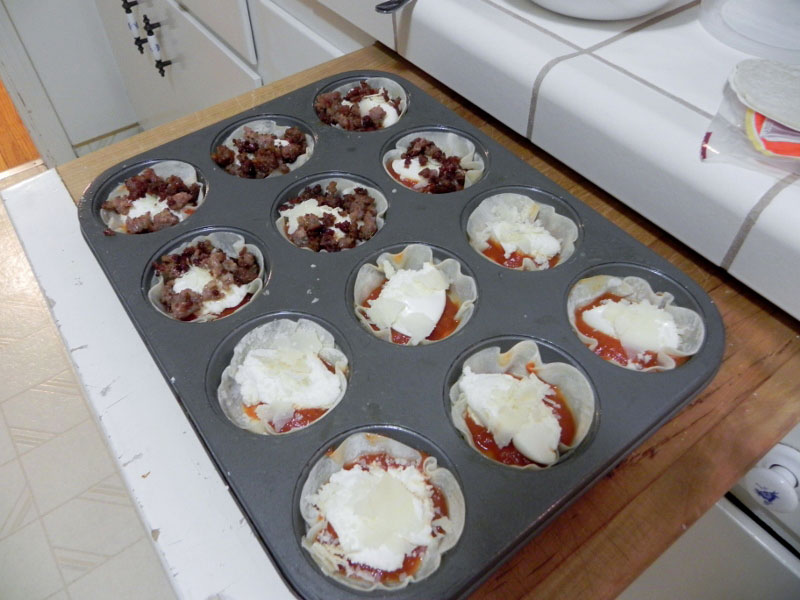SxSW starts March 11th in Austin. This is my NINTH year and these are my helpful tips for the novice. I’ve tried to revise the info over the years as things change.
ABC – Always Be Charging – If you bring a laptop, you need to be charging it every single chance you get. No battery lasts long enough. Try to sit near an outlet in the session rooms. Share power outlets with others. Phone coverage is hard, meaning it will be in ‘Searching…’ mode often. This drains batteries, so you might consider a specialty phone charger. My friend Brad says “throw a simple 3×1 plug adapter or short multi-outlet extension cord in your laptop bag, you can use this to cadge access from people who are already using outlets.”
Secure connections – Wifi traffic is in the clear and people are sniffing packets all the time. Arrange for secure email, FTP, and if possible, secure browsing while at SXSW. HTTPS: should be in the browser bar of any site you are perusing that utilizes a login. It’s unlikely that a malicious hacker is gunna do bad things, but it’s best to be prepared.
Go play at Kick – Kick is a game of kickball for SxSW attendees on Saturday morning at 10AM. It’s a ton of fun and a great way to meet people. Thanks to Anil Dash, the event is once again sponsored by SB Nation and their will be food & coffee!
Don’t hog bandwidth – There is good wifi, but a limited amount of bandwidth at SxSW and everyone there is highly connected. That means don’t be a bandwidth hog. Don’t run bittorrent, for anything, at any time. Don’t download large operating system patches at the conference. Don’t try to live broadcast anything. Don’t upload all your photos from your 10MB DSLR camera during sessions. Don’t update your podcast downloads. Don’t download fresh builds of linux distros. Do not backup your laptop to Amazon S3 at the conference. Am I getting through here? Your actions can affect the experience for others. Nothing you are doing is that important that it is worth preventing others from having net access. Beat the hell out the hotel broadband in the evening, but do everyone a favor and show some restraint so everyone can do simple web surfing, IM, and email at the convention center.
Introduce Yourself – People are at SXSW because they want to meet people and see new things. Strangely, many of the blogger types that go are introverted types that are a bit shy. Do yourself a favor and say “Hello, I’m So-and-so” to that person you are sitting next to. (Don’t say So-and-so, use your name…) I guarantee that they will be happy to talk to you.
Personal cards – Make up business cards with your name, email, and website info on them to hand out. Bring your regular business cards if you want, but what people really want is a card that ties you to your online persona so they can find you after SxSW.
When asking a question in a session, don’t make a sales pitch – From time to time, people use the question time during sessions to pitch their own projects. No one cares. You look stupid if you do. Ask questions that the rest of the audience might care about. If you make a sales pitch during question time and I’m in the room, I will throw a brick at your head.
Session Info – When you arrive on Friday go to the Convention Center and pick up your badge. They will give you a large canvas bag of swag. You don’t want to haul this around, so you need to figure a way to drop this off at your hotel before a long night of partying. In the bag are two crucial items. First is the program which has detailed session descriptions. Second is a small pocket card with the session schedule on it. You want these to be in your daily walk around bag, not in your hotel room.
Don’t sleep in – Many of you are not parents (meaning not used to getting up at the crack of dawn), but sleeping in past Noon means you are missing plenty of good stuff you paid a lot to see. Get up so you can grab breakfast and be at the 10AM sessions. If it’s more important to you to stay up till dawn and sleep in until 2PM, you probably shouldn’t be coming to Austin. You can do that at home.
Shiner Bock – Shiner Bock is a local Texas beer that you find everywhere. Often referred to as simply ‘Shiner’.
Badge Surf – Badge surfing is a perfectly acceptable behavior at SxSW, but don’t use it to fake knowing someone. If you want to talk to someone, say “I see from your badge…”. Don’t make them think that they should know you or that you’ve met previously.
Fray Cafe – Go to the Fray Cafe on Sunday night. Fray is people telling truthful stories about their life. It’s one of the best things about SxSW. Kevin Smokler is the host and is longtime SxSW veteran. Get there early for a good seat, otherwise you will be standing for the whole thing.
Stay Warm – It can get cold and rain in Austin this time of year. Bring a good jacket or coat just in case.
Sharpeners – There are no pencil sharpeners at SXSW. People think writing on a pad of paper with a wooden pencil is a bit strange.
Street Signs – For some reason, downtown Austin has few street signs. Get a map and study it before venturing out.
Food – Eat food. Austin has a great bar scene. You will be drinking. Don’t drink on an empty stomach. It also would be a good idea to keep a couple energy bars in your bag during sessions.
Drink – Drink smart. If you start drinking early in the day, be sure to employ the “full glass of water between drinks method” to avoid overindulgence and a hangover. Or consider not drinking at all.
Texas BBQ – IMHO, Texas BBQ pales in comparison to BBQ in other areas like Kansas City and Carolina. That chopped beef sandwich stuff just doesn’t cut it, but people will want to eat it for lunch. That said, Stubbs makes a great brisket.
Say Hello to Me – I would love to meet Loyal Cruft Readers. On Twitter I’m @cruftbox or email me or IM at pusateri AT gmail.com and I promise to respond.
Any questions?























